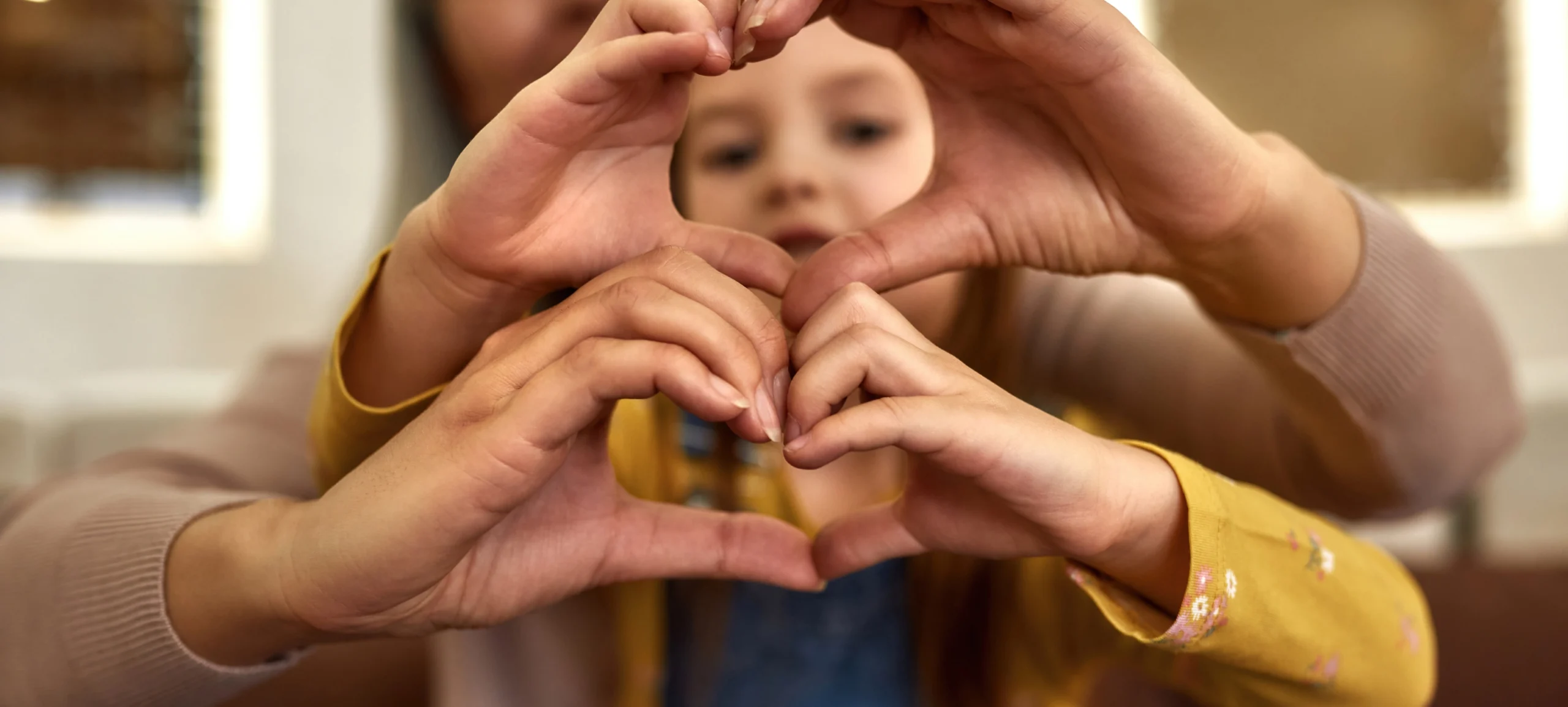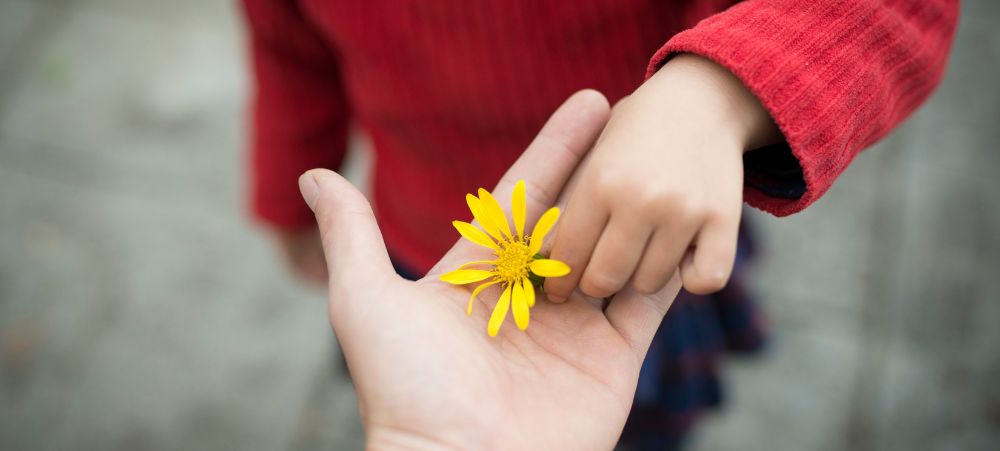Incorporating gratitude into a child’s daily routine is more than just teaching them to say “thank you.” It’s about fostering a mindset that recognises and appreciates the positives in life, leading to numerous psychological, social, and physical benefits. This article explores the importance of gratitude for children and offers practical strategies to weave this valuable practice into their everyday lives.
The Significance of Gratitude in Child Development
Gratitude is a complex emotion that involves recognising the good in one’s life and acknowledging that these blessings often come from external sources. For children, developing a sense of gratitude is pivotal for several reasons:
- Enhanced Mental Well-being: Children who practice gratitude tend to exhibit higher levels of happiness and optimism. They are more likely to experience positive emotions and satisfaction with life.
parents.com - Improved Social Relationships: Grateful children are more empathetic and supportive, fostering stronger friendships and social connections. They are also more likely to engage in prosocial behaviours, such as sharing and helping others.
- Academic and Extracurricular Success: A grateful mindset can enhance motivation and engagement in school and other activities, leading to better performance and a more fulfilling experience.
- Physical Health Benefits: Practicing gratitude has been linked to better sleep quality, reduced stress, and overall improved physical health.
The Neuroscience Behind Gratitude
Gratitude isn’t just a feel-good emotion; it has tangible effects on the brain. Research indicates that practicing gratitude can enhance neural sensitivity in the medial prefrontal cortex, a brain region associated with learning and decision-making. This heightened sensitivity is linked to increased altruism and empathy, suggesting that grateful individuals are more attuned to the well-being of others.
Practical Ways to Incorporate Gratitude into Your Child’s Routine
- Gratitude Journaling: Encourage your child to maintain a gratitude journal where they can regularly write down things they are thankful for. This practice has been shown to improve psychological and physical functioning, including increased optimism and better sleep.
en.wikipedia.org - Family Gratitude Rituals: Establish family traditions that promote gratitude. For example, during meals, each family member can share something they are grateful for that day. Celebrity couple John Legend and Chrissy Teigen engage their children in giving back by having them donate toys, teaching them the importance of gratitude and empathy.
parents.com - Model Grateful Behaviour: Children learn by observing adults. Demonstrate gratitude in your daily interactions, whether it’s thanking the cashier or expressing appreciation for a kind gesture.
- Mindfulness Practices: Incorporate mindfulness activities that emphasise gratitude, such as mindful breathing or guided imagery focusing on positive experiences. These practices can enhance emotional regulation and awareness.
- Creative Expression: Encourage children to express gratitude through art, music, or writing. Creating drawings, songs, or stories about things they are thankful for can make the practice engaging and personalised.
- Acts of Kindness: Engage your child in activities that allow them to give back to the community, such as volunteering or helping a neighbour. These experiences can deepen their understanding of gratitude and its impact on others.
- Bedtime Reflections: Incorporate gratitude into bedtime routines by reflecting on positive aspects of the day. This practice can promote a sense of closure and peace before sleep.
theguardian.com - Morning Affirmations: Start the day with positive affirmations that include elements of gratitude. This sets a positive tone for the day and reinforces a grateful mindset.
verywellhealth.com
Overcoming Challenges in Teaching Gratitude
Instilling gratitude in children may present challenges, especially in a culture that often emphasises materialism and instant gratification. Here are some strategies to address these obstacles:
- Consistency is Key: Regularly practicing gratitude, even in small ways, reinforces its importance and integrates it into daily life.
- Age-Appropriate Activities: Tailor gratitude practices to suit your child’s developmental stage. For younger children, simple activities like drawing things they are thankful for can be effective.
- Positive Reinforcement: Acknowledge and praise expressions of gratitude to encourage repetition and reinforce the behaviour.
- Patience and Persistence: Developing a habit of gratitude takes time. Be patient and continue to provide opportunities for your child to practice and understand its value.
The Long-Term Impact of Gratitude
Cultivating gratitude from a young age has lasting effects that extend into adulthood. Adults who practiced gratitude as children are more likely to experience:
- Enhanced Emotional Well-being: A sustained sense of happiness, contentment, and resilience against stress.
- Stronger Social Connections: Deep and meaningful relationships characterised by empathy and mutual respect.
- Professional Success: A positive outlook can lead to increased motivation, creativity, and productivity in the workplace.
- Physical Health: Lower levels of stress and better overall health outcomes, including improved immune function and reduced risk of chronic diseases.
Conclusion
Integrating gratitude into your child’s daily routine is a powerful tool for fostering a positive and fulfilling life. The benefits of gratitude are vast, impacting mental, emotional, and physical health. By implementing simple yet effective practices, you can help your child develop a grateful mindset that will serve them well throughout their lives.
Sources
- Gratitude Journal
- Signs Your Child Is Happy
- John Legend and Chrissy Teigen Teach Their Kids About Giving Back
- The Neuroscience of Gratitude and Altruism
- 14 Easy Tips for Better Evenings
- Morning Routines for a Healthier Mind
We understand that there are many aspects that encompass a Mother, Father or Child and strive toward providing resources and services that accommodates this.
Our content is aimed to inform and educate families on issues starting from pregnancy through to the challenges of the teen-age years.
- Tips for Breastfeeding in Public: Confidence and Comfort - November 20, 2025
- Eskort launches Kiddos: South Africa’s first pork range made just for kids - November 13, 2025
- Putting the Power of Learning in Learners’ Hands During Global Education Week - November 12, 2025





